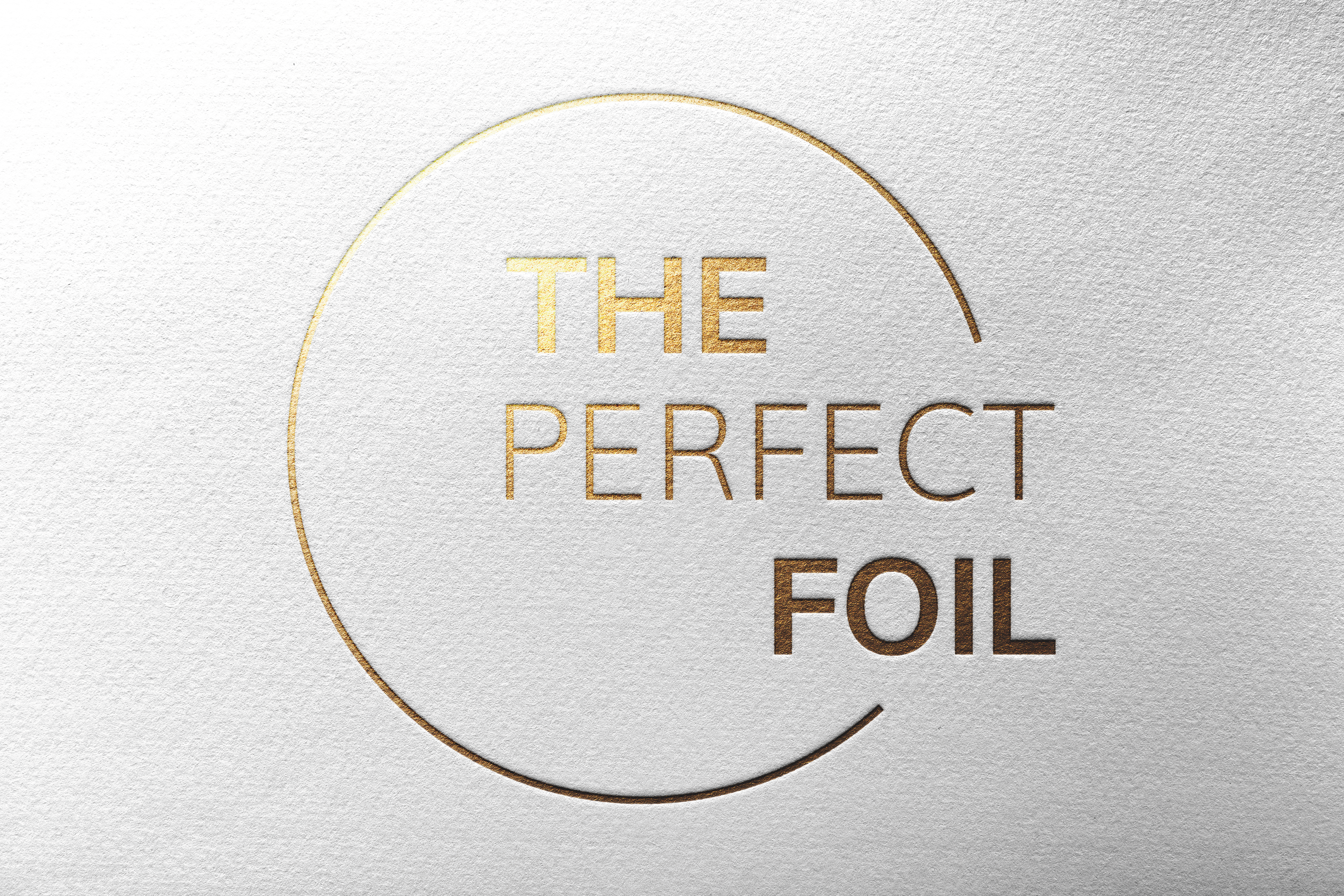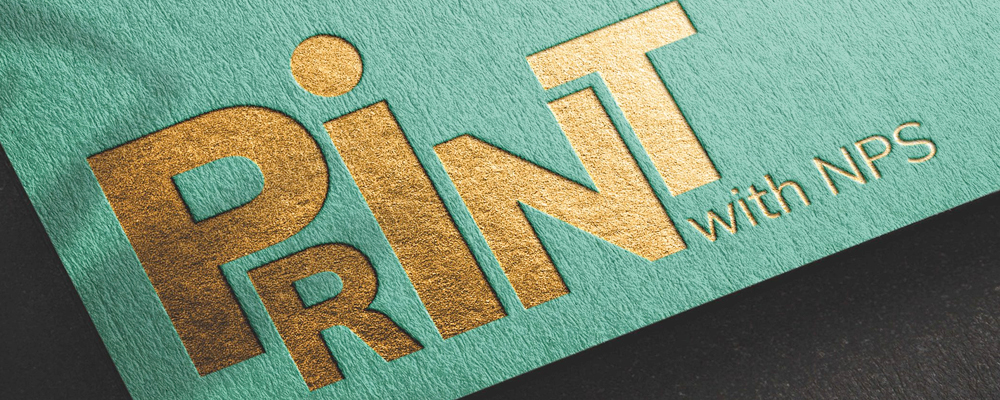A Touch of Foil: Traditional Foil Block vs Digital Foil
Foil Done Right: Choosing Between Digital and Block
Foil is the finishing touch that makes print sparkle – literally. Whether it’s a bold flash across a business card or a subtle gleam on premium packaging, foil adds polish, prestige and presence.
But not all foil finishes are created equal. If you’re working on a campaign, product or rebrand and want to use foil, you’ve probably come across two options: traditional foil block and digital foil. They may look similar on the surface, but the processes (and results) are very different.
This guide breaks it down – no jargon, just the facts – so you can choose the best option for your next print project.

What is Traditional Foil Block?
Traditional foil block (also called hot foil stamping) is the classic method. A custom-made metal die is heated and pressed into the paper stock, with foil in between. The result? A shiny, precise design that’s pressed into the surface – creating a tactile, debossed finish you can see and feel.
Pros:
- Premium, luxurious finish with a physical impression
- Works on a wide range of paper stocks, including textured and uncoated
- Ideal for long runs, premium stationery and statement packaging
Cons:
- Higher setup costs due to the need for a custom metal die
- Longer lead times
- Not suitable for variable data or personalised elements
It’s the gold standard for high-end print, and for good reason – the quality is unmistakable.
What is Digital Foil?
Digital foil is a more modern process that skips the die-making step entirely. Instead, foil is applied using a digitally printed adhesive or toner layer, then sealed with heat and pressure. It creates a clean, metallic finish without the need for traditional tooling.
Pros:
- No dies or tooling – faster, simpler setup
- Perfect for short runs and personalised print
- Quicker turnaround times
Cons:
- No debossed texture – the foil sits flat on the surface
- Works best on smooth, coated stocks
- The stock must be laminated and overprinted for digital foil to work
Digital foil offers flexibility and speed, making it ideal when you’re up against a deadline or working on a design that changes piece to piece.
When Should You Choose Traditional Foil Block?
When you’re creating something that needs to look and feel premium, traditional foil block is the way to go. The tactile depth it adds gives your print real presence – whether it’s a luxury business card, a high-end invitation suite, or branded packaging designed to impress.
It’s especially well-suited to uncoated and textured stocks where digital foil would struggle to adhere. The process may take longer and cost a little more upfront, but if you want your print to stand out and stand the test of time, this is the finish that delivers.
When is Digital Foil the Better Fit?
Digital foil comes into its own for short-run jobs, personalised pieces, or designs with frequent content changes. Think name-by-name business cards, unique event invitations, or product packaging that shifts with the season.
Because there’s no metal die involved, setup is quick – and that means you can go from final artwork to finished print faster. It’s a smart choice when timing and flexibility are priorities.
However, it does have its limitations. Digital foil can’t replicate the deep impression of traditional blocking, and it’s best used on smoother stocks. If your design leans heavily on texture, or you’re after that high-end, embossed feel, traditional foil might still be the better route.
Final Thoughts: Digital Foil VS Traditional Foil
Both foil finishes bring something special to the table. It really comes down to the type of project, the feel you’re aiming for, and how quickly you need it done.
Traditional foil block offers rich texture and timeless quality – ideal for print that needs to make a lasting impression.
Digital foil is quicker, more flexible, and cost-effective for short runs or personalised pieces.
Still not sure? Let’s talk. We’ll look at your artwork, walk you through your options, and help you find the best finish for your design.
Want to see the difference for yourself?
We’ve got samples ready to go – just get in touch and we’ll arrange the best way to show you. Whether that’s sending something out or chatting through your options, we’re here to help.
